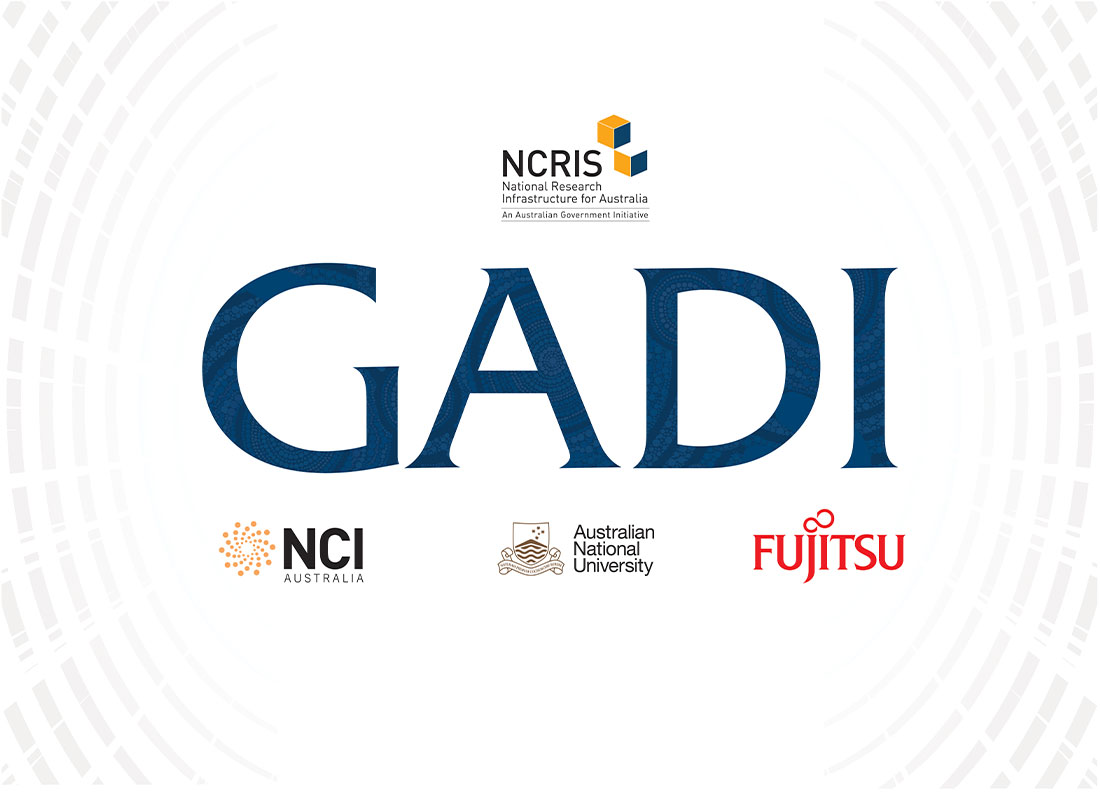
Humans are inherently designed to search for things, to seek out meaning and to explore the world around us. From the first caveman who ventured farther than their tribe had ever been to the captains of ships who feared that they may sail over the edge of the world and to the astronauts who travelled into space, humans have never stopped being hungry for knowledge.
Part of this constant quest for knowledge has seen technology evolve over the past decades to become faster and stronger than ever before, powering ever more ambitious searches for information.
This makes the name ‘Gadi’ perfect for Australia’s fastest supercomputer, which is housed at the National Computational Infrastructure (NCI) campus at The Australian National University.
The research computer was built on Ngunnawal country and the name ‘Gadi’ means ‘to search for’ in the language of the Ngunnawal people.
Gadi achieves Australia’s highest ranking in the Global 500 Supercomputer index
Fujitsu Australia and New Zealand designed and commissioned Gadi for the NCI. It replaces the previous supercomputer, also supplied by Fujitsu, which was commissioned in 2012. In just eight years, Fujitsu and its partners have been able to make the Gadi supercomputer 8 times more powerful than its predecessor.
Gadi also achieved a ranking of 24 in the TOP500 project worldwide supercomputer ranking, becoming the most powerful supercomputer in the Southern Hemisphere.
This is exciting news for Australian researchers, who will have access to world-class, high-end computing services to power their work.
Gadi helps power significant research projects
Gadi has been in operation since March this year and is playing a key role in Australian research. With over 3,000 nodes, it will help solve some of the most complex and pressing global challenges, including:
- drug design, drug discovery, and vaccine development in relation to COVID-19
- climate modelling
- renewable energy
- astrophysics
- and more.
For a glimpse of how this project materialised, we have released a time-lapse video that shows the machine being built from an empty room to a world-class supercomputing facility that will help to solve some of the world’s most complex problems.
A joint effort
Fujitsu has worked with the ANU and NCI since the 1980s when Fujitsu provided one of the university’s first supercomputers. It was one of the most powerful computers in Australia at the time, with the processing power of an early iPad. Gadi is literally tens of millions of times faster than that first supercomputer.
In designing Australia’s fastest supercomputer, Fujitsu has leveraged its own technology and supercomputing expertise. In addition to this, we have also pulled together the best solution for NCI with technology from Lenovo, Intel, NVIDIA, NetApp, DDN (Lustre), Altair and APC by Schneider Electric.
As you can imagine, assembling all of this technology requires deep technical knowledge, the ability to work collaboratively and strong project management – qualities that Fujitsu was able to demonstrate in the commissioning of Australia’s fastest supercomputer.
To find out more about Gadi and Fujitsu’s supercomputing capabilities, contact Fujitsu today.









